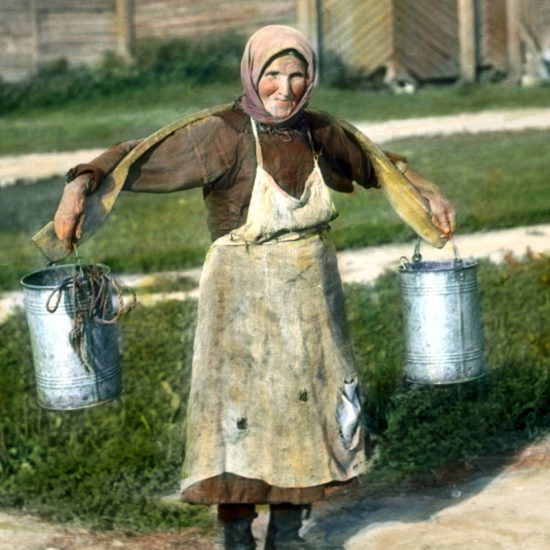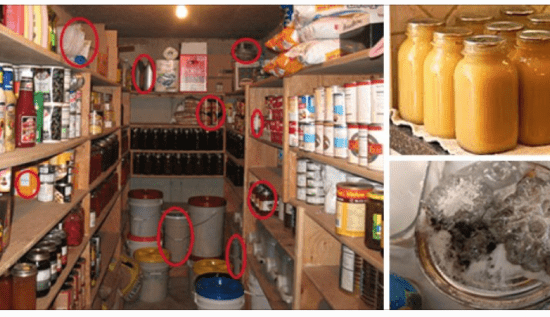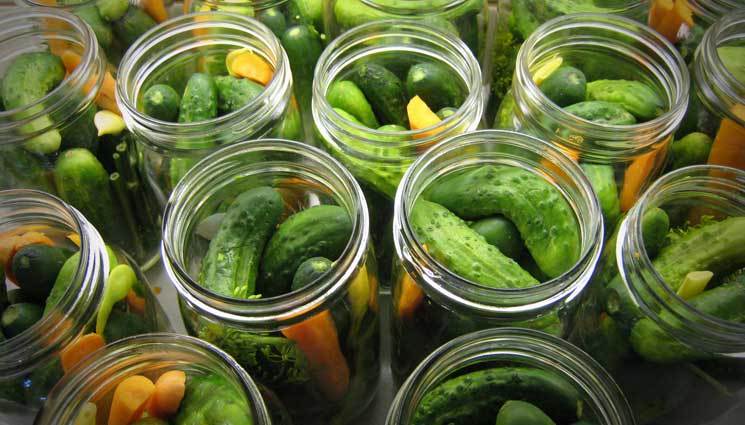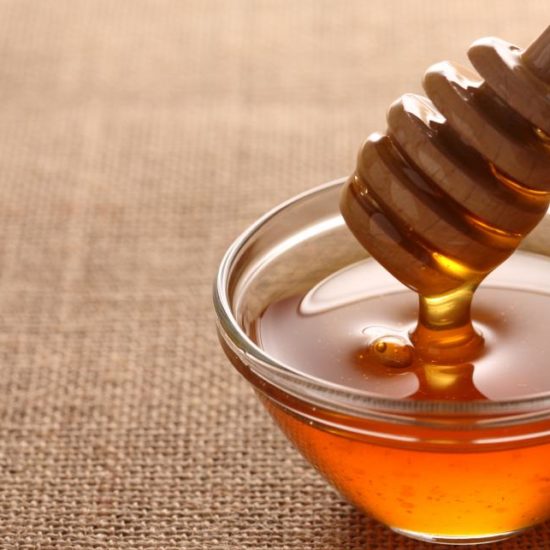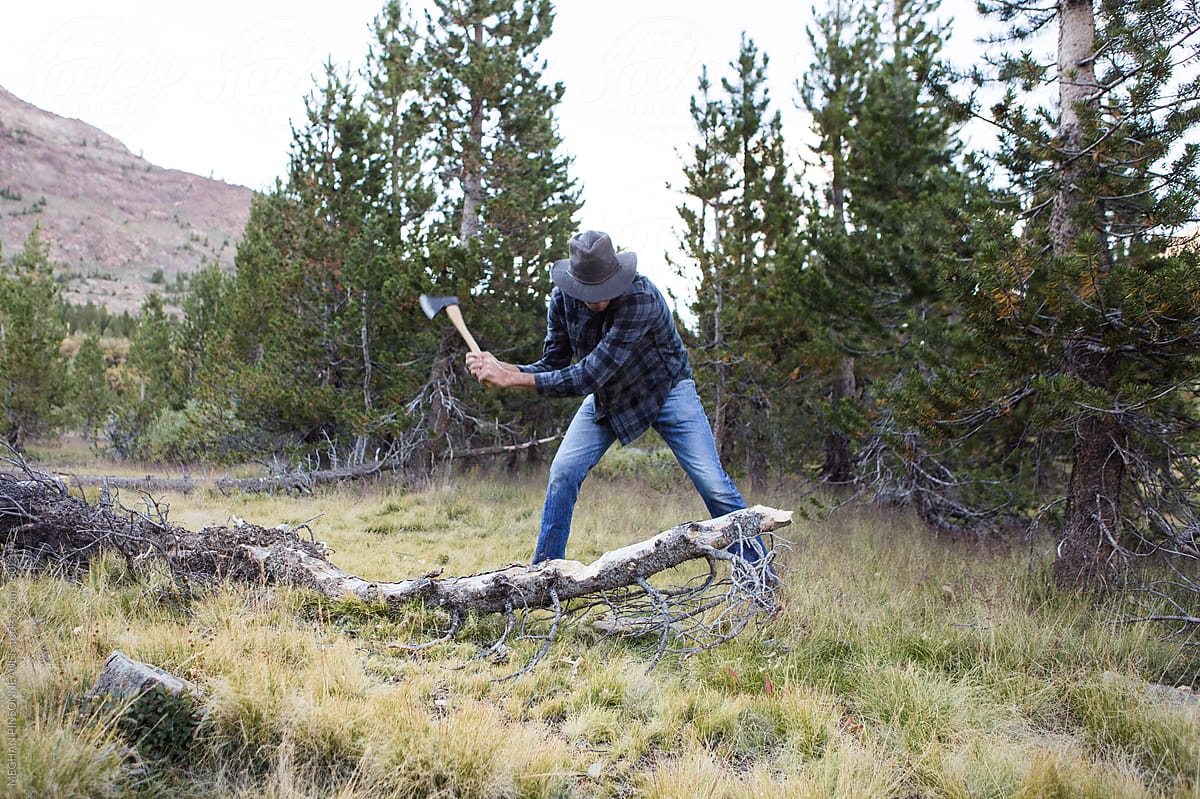
If you are a procrastinator, now is the time. You need to scramble to find plenty of firewood to get through the winter. Using this tips we have been able to pick up freshly cut logs from the side of the road, so I am well stocked. However, what about you? Have you stocked up?
There is free to cheap wood to be had in most every state if you know where to look. It requires physical labor to haul it and cut it; but if you are looking to save money, the price sure beats paying by the cord.
Why Gather Wood
Gathering wood for the winter should be one of your preparedness items every year, just like putting aside food and water. This year, it seems particularly important with the threats from North Korea and the possibilities of an EMP attack. You need to be able to keep your home warm, even if there is no electricity. You’ll also need to be ready to cook and boil water for sterilization and drinking purposes.
Your best strategy is to plan and prepare now for possible future need. Consider how hard it will be to purchase wood should an EMP happen this winter. There will be a huge demand and a limited supply. Plan ahead and take care of this item now before the winter cold arrives.
Harvesting Wood in National Forests and State Parks
Every state and park has different rules, but many have provisions for harvesting dead and dying trees for personal firewood use. In almost all cases you will need a permit, and there are limits to how much wood you can take. Some permits are free; others cost $20 or more for several cords of wood. Never take wood without permission.
General Guidelines for Harvesting Wood in National Forests
Most national forests allow the harvesting of trees for personal firewood use and Christmas trees. You need a US Forest Service issued a permit and you must follow the rules. Guidelines vary from forest to forest, but most follow these general guidelines:
- You must have your US Forest Service issued permit in your possession at all times.
- Wood and Christmas trees are harvested for your personal use and cannot be sold.
- Follow the information on your permit for available harvesting locations, dates, times, and accessibility.
- Check weather conditions and dress appropriately.
- Check for road closures and fire warnings before going into the forest. During periods of high fire danger, you are not allowed to use a chainsaw.
- Carry a map and compass—and know how to use them.
- Carry a fire extinguisher if you use a chainsaw.
When to Harvest
Permits for wood cutting are usually available in the spring, and that is the best time to cut. If you cut early, the undergrowth will not yet have emerged, providing one less obstacle to cutting and getting the wood out. The longer you wait, the less wood will be available and the harder you will have to work for it. Many of the best places are not accessible easily by roads, so you will also need a heavy-duty wheelbarrow.
Check dates in your area, however. Some Southern states issue their permits in the fall and winter.
How Much Wood Do You Need?
If you already use wood for heat and cooking, then you probably have a good idea of how much you need. But, most of us have no idea how much wood would be needed to keep a fire or woodstove going for heat throughout the winter.
How much wood you need depends on where you live, how much space you are heating, what kind of wood you are burning, how efficient your stove is, how well insulated your house it, and a host of other things. So, it is impossible for me to tell you exactly how much wood you need. My general rule of thumb is that it is better to have too much than too little. On average, a small, well-insulated home with an efficient wood stove will need four cords of a good hardwood or more for heating. You should probably stock more, in case it is a colder than average winter.
What Kind of Wood to Burn
You will probably be burning the kinds of wood that grow in your area. However, some woods burn hotter than others. In general, look for hardwood trees like Ash, Birch, Beech, Oak, and Elm. These woods burn slower and put out more heat than a same-size log of softwood.
Only burn dried, seasoned wood with a moisture content of 20% or less. Well-seasoned wood needs between 18 to 24 months seasoning outdoors. So, the wood you cut this year is for next year’s fires. All the more reason to get started immediately. Seasoned wood gives off approximately 50% more heat than an unseasoned log. Also, a wet or unseasoned log will burn poorly and produce a lot of smoke, soot, and creosote buildup.
Finding Wood in The City
What if you don’t live near a National Forest, but in a crowded city? Is it still possible to get cheap firewood? Yes, but you will need to be more creative. All cities have provisions for removing dead and dying trees from private property, and trees always need trimming. Do your neighbors have huge trees that are beginning to crowd their property? Offer to help trim the trees in exchange for the wood. Make sure you know how to safely do this without landing a tree branch on a car, house, or person. Do not do this if you do not have the required experience and get a permit first.
Additionally, many cities have a policy of allowing the removal of trees that are diseased, dying, or in danger of falling from public or private property. You need to request a permit and allow time for the city to evaluate your request. Check the rules where you live and always apply for permits.
Sampling of Costs and Terms Around the Country
Almost all National Forests have policies allowing the harvest of dead and dying trees and some have areas set aside for harvesting, but the rules are different for each park. Here is a sampling of the policies that I found around the country. Search for firewood permits in the national forests near you for more information.
- In the Sierra National Forest, permits are available from April 1 through November 30 for up to 10 cords of wood for personal use at a cost of $10 per cord.
- Redwood National Forest allows free driftwood collection in some areas. Permits are issued in the spring on a first-come, first-served basis. Collection is restricted to certain dates and times.
- Los Padres National Forest permits are $20 for two cords of firewood. Each household can remove up to 8 cords per year at a cost of $80.
- Plumas National Forest allows personal and commercial use firewood cutting as well as Christmas tree permits. Firewood permits for personal use are $10 per cord with a maximum of 12 cords. Commercial permits are $10 per cord with a maximum of 30 cords per permit.
- Ocala National Forest allows up to 3 cords of wood harvested with a $15 permit and small amounts of firewood are free.
- Mark Twain National Forest allows individuals to cut up to 4 cords of wood with a permit from closed timber sale units and in other areas.
If you have no wood put aside, purchase what you need for this year and begin harvesting what you will need for next year. This way your wood will have time to season and you will be prepared for whatever happens.
















